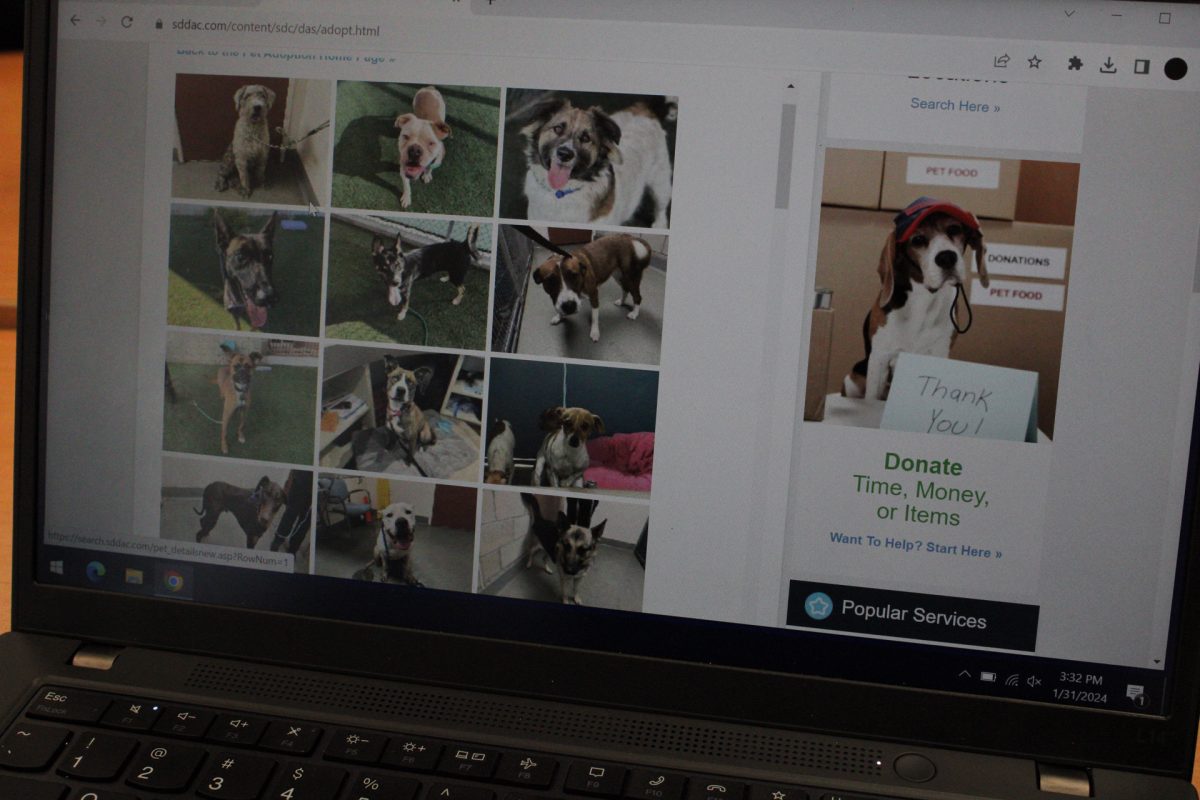Animal shelters are meant to be homes for dogs and cats that end up on the streets. These shelters are supposed to provide shelter, healthcare, and work to get them adopted. Animal shelters have existed in the US since 1869. They have changed a lot from when they were first started. For some time they were also called “pounds” They did not have a good image and basically were a place where they threw away animals. But the animal shelters have had a major improvement in the current years due to the pandemic. Now that the effects of the quarantine are wearing off, the shelters are getting worse than it was during quarantine due to the fact that they do not have enough space, resources, and majorly due to the title of no-kill shelter. The shelters have been getting a lot better even though they are currently in a dip.
According to Animal Society for the Prevention of Cruelty to Animals, ASPCA, shelters have helped around 4.1 million animals get adopted each year. However, they receive 6.3 million animals per year, so when factoring out the 4.1 million adopted, 810 thousand returned, and 920,000 euthanized. We are left with around 470 thousand stuck in the shelters. This means that the animals are just accumulating in the shelters which leads to overcrowding, low sanitation and less care for each of the animals.
The shelters that are in terrible conditions need money to help improve the shelter, so that they can provide enough space for the animals, a clean environment, and a veterinarian and staff. These are the resources that each animal needs to be healthy and ready for adoption. The ideal shelter has the space needed so they can play and move, which lets the animals not get depressed and lower the chances of adoption. And the environment needs to be clean so the animals can not get diseases. The final factor that the animals need is a check up with a veterinarian so that the shelter knows if they need extra care and be healthy.
However, according to a survey by Best Friends Network Partners most of the shelters do not have enough staff is the fact that 87% of the shelters have staff shortages. That leads to the fact that they know that 57% are not able to give enough care as they like. They have to euthanize (kill) the animals to free up the space required for the new animals. This process has led to the creation of the “no-kill” animal shelter. This type of shelter tries to never kill the animals. But to become a no-kill shelter, the shelter has to place 90% of the animals in the shelter into a home.
The title of no-kill shelter divides the shelters into two different types: a no-kill shelter and regular shelter. The title of no-kill is difficult to get, because the percentage will rise higher. It has changed from 80% survival, release, and adoption to 85% then to 90% and it will keep on climbing higher. Due to the higher difficulty of gaining the no-kill title it leads to the fact that the separation of the shelters does not mean that the no-kill shelter is better than the regular shelter, which is now sometimes called a kill shelter.
The percentage of the euthanization or kill being low does not mean that less animals are dying. Some shelters try to keep the title of no-kill instead of helping the animals. These shelters don’t accept animals in bad condition because they know that animals have a low chance of getting adopted. They transfer these animals to a shelter that does not have the no-kill title, which produces the fact that 1% of the shelters kill 57% of the animals that are killed. This lets the no-kill shelter have that halo of greatness while sweeping the deaths of the animals under a rug.
This makes the 1% shelters have the worst living conditions. They are full of overcrowded animals that do not have enough food, space, attention, time outside, and veterinary care. The animals that are sent to these shelters could die on the way there, or they could also be sent to experimental facilities that test drugs and medicine. The animals that get to the death chambers/shelters are practically set up for death since that either they will be replaced with newer animals sent over to the shelter, or put without care and attention that they get so depressed that the animals will die in the shelter without any treatment. The number of dead animals in shelters have increased ever since the ending of the pandemic.
This time period is just the small bump on the road that the shelters are taking to become better. That road has helped the idea of shelters become very proficient at what it does. In the past decades, the animal shelter is an idea that has evolved from a pound to a shelter and will keep on evolving into something better. It has done a lot to help the animals. So even if they are currently in decline after the pandemic, they are still saving and helping the lives of the animals. I believe that they would get better even if they are currently in a little dip in their productivity.







